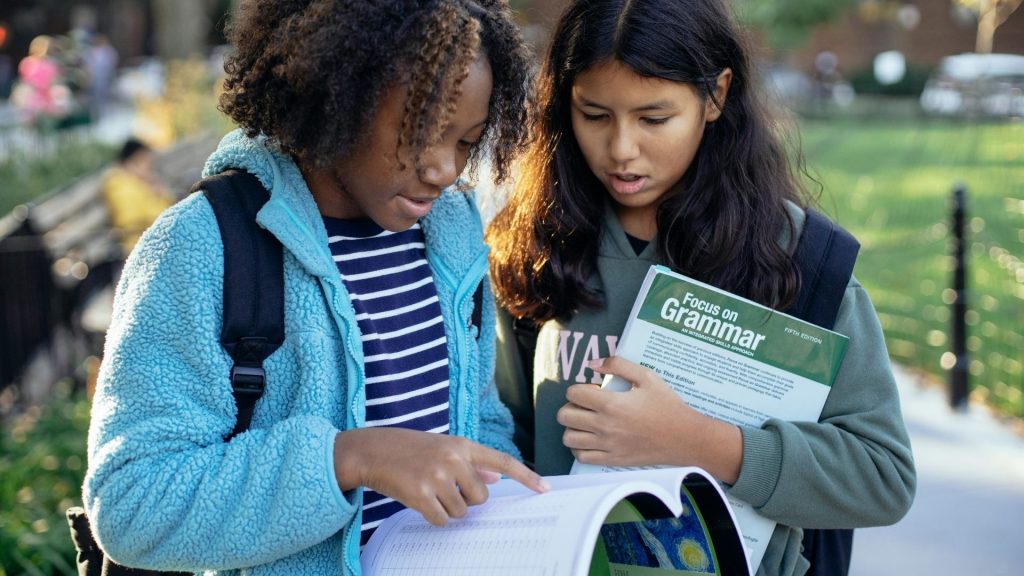Study Says Early Reading Intervention Might Harm Students’ Growth In The Long Run
A new study says the most widespread reading intervention program used in the U.S. might have negative effects on literacy in the long run.

Literacy rates among the nation’s youth have long been dropping, but the COVID-19 pandemic escalated the issue. Studies have shown that on average, about 33% of kindergarten through second-grade children are missing reading benchmarks compared to the 21% that weren’t in 2019. For decades, the U.S. has conducted early reading intervention tactics to combat this loss, but a new study suggests that it not only might not be effective, but also that it might actually harm students’ growth in the long run.
Last week, EdWeek reported that the American Educational Research Association presented the findings at their annual meeting. The news is detrimental to many leaders in education, as officials in every state scramble to devise tactics for reading intervention. The study depicted how the popular intervention measure, Reading Recovery, may actually hurt students’ growth in literacy over time.

The study was conducted by the Center for Research in Education and Social Policy. The researchers tracked reading intervention progress in 150 to 500 Reading Recovery schools each year from 2011to 2015, then again from 2016 to 2017. Each of the studied schools included at least seven students that initially scored just below the cutoff level to participate in the program.
Similarly, the study followed some students that performed just above the cutoff level to act as a control group. For those students who didn’t qualify for Reading Recovery, the issues waned over time despite no reading intervention. On the contrary, the students who participated in the Reading Recovery program displayed literacy levels nearly half a grade below the scores of the control group.
These findings are a big surprise to many educators who have been using the Reading Recovery program for years. The reading intervention program was developed in the 1970s. It was widely accepted following a vastly randomized control study that found the literacy program aided students struggling with reading comprehension in the first grade. Even last decade, the Reading Recovery program was being studied with counterintuitive findings. In 2010, more than 8,000 low-performing students were randomly assigned to participate in the program.

The study concluded that children who participated in the early reading intervention program improved their efficiency by more than 130% percent of the average reading growth for 1st graders nationwide. The caveat, however, was that this progress was measured only five months after entering the program. To this, many experts believe the program failed to weigh in on the long-lasting effects.
Sean Reardon, a Stanford University researcher told EdWeek that it is vital to conduct long-term implications in studies. He said they can often differ from what short-term studies conclude. Reardon, also a member of a peer review committee following reading intervention recovery said that “the big takeaway” from this new study is that Reading Recovery’s long-term corollaries were “meaningfully large.”

Despite the reading intervention findings, the study failed to explain why the effects of Reading Recovery dramatically reduce over time. It might be because the method has a focal point on individual errors. Moreover, Reading Recovery might leave gaps in explicit instruction for foundational skills. However you look at the situation, there is no denying that there is a reading crisis in America, and that situation is likely to get worse as the pandemic continues to ravage education in the U.S.



